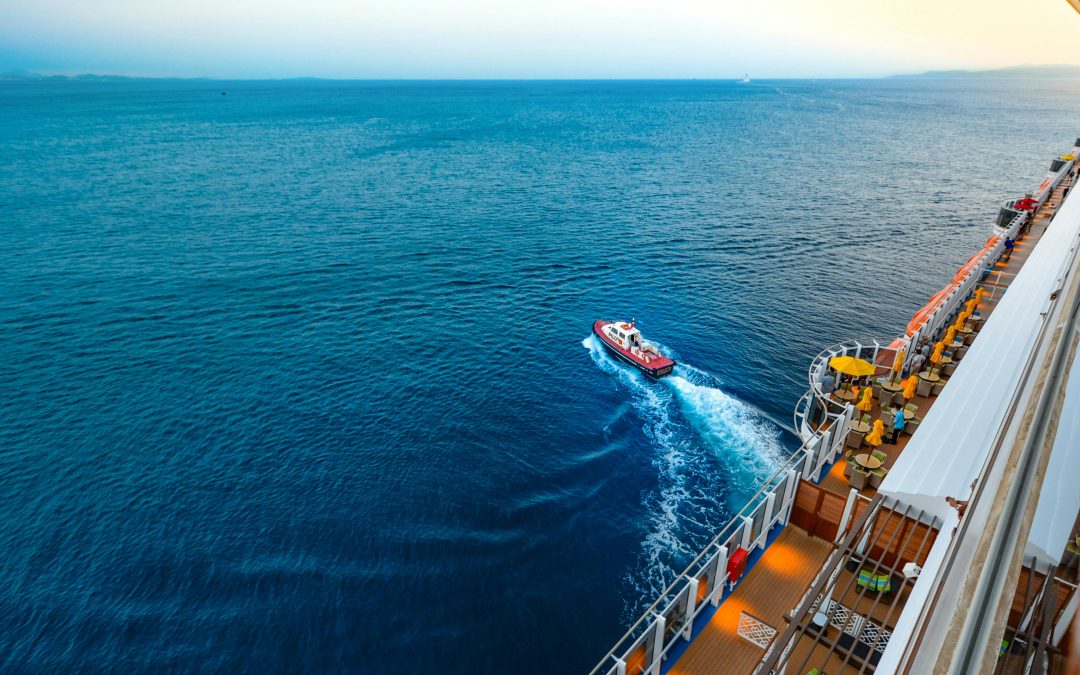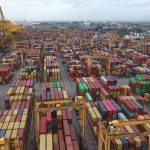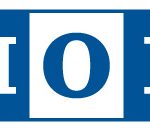Few aspects of occupational safety onboard ships have received more attention than the importance of following proper procedures when entering enclosed spaces. Nevertheless, seafarers and shore personnel continue to die in enclosed spaces onboard ships, and InterManager’s safety statistics highlights a worrying development of such accidents.
By January 2025, InterManager estimated that around 350 seafarers and third-party workers had died from asphyxiation in enclosed spaces onboard ships since 1996, with 43 accidents since 2022 accounting for 70 of these deaths. While these alarmingly high numbers may be partly attributed to improvements in reporting and investigation methods, it does not change the fact that the overall number of enclosed space deaths onboard ships remains too high.
It is also worth noting that these types of accidents do not only affect trainees and inexperienced personnel. Many of those who die in these accidents are members of a ship’s leadership team, including Masters and Chief Officers, according to InterManager. Deaths among shore personnel are also relatively common. Furthermore, its figures show that more than 40% of the enclosed space accidents occurred onboard bulk carriers, primarily inside the cargo holds or the hold accesses, although tankers and general cargo ships are also frequently represented in its statistics.
Accident similarities
Investigation reports for enclosed space accidents often conclude that the underlying cause was “failure to follow established procedures”. But these accidents are likely caused by a wide range of operational, commercial, technical, and training-related factors. And as described in the case above, witnesses are not always present and can tell the full story.
The Republic of the Marshall Island (RMI) Maritime Administration has systematically investigated the circumstances surrounding enclosed space entry accidents onboard RMI-flagged ships and found that there are some repeat patterns with regard to how these accidents continue to occur in the same way and in the same locations onboard ship. Some of the similarities noted are:
- obvious disregard for the risks that exist within enclosed spaces;
- lack of awareness of the hazards associated with enclosed space entry without taking proper precautions;
- failure to notify senior crew members of the need/intention to enter an enclosed space;
- stop-work authority not properly exercised onboard; and
- entry into enclosed spaces by shore personnel without prior notification and permission or assistance from the ship’s crew.
Far too often, we also see that individuals who die in enclosed spaces do so in the course of attempting to rescue fellow co-workers when acting by instinct and emotion rather than knowledge and training.
IMO’s regulatory actions to date
The IMO introduced its first Assembly Resolution on recommendations for entering enclosed spaces that applied to all ship types (Res. A.864(20)) in 1997, which was followed by a set of revised recommendations in 2011 (Res. A.1050(27)). Then, in January 2015, it became mandatory for all crew members with enclosed space entry or rescue responsibilities to participate in regular drills (SOLAS Reg.III/19.3.6) and from July 2016, ships have been required to carry onboard at least one portable atmosphere testing instrument for use in connection with enclosed space entry activities (SOLAS Reg.XI-1/7).
Nevertheless, InterManager’s safety statistics demonstrate that the number of enclosed space accidents and fatalities has not decreased between the implementation of Res.A.1050(27) in 2011 and January 2025, and accident investigations reveal that the reasons of the incidents have not changed.
Improved IMO recommendations on the horizon
In September 2024, the IMO Sub-Committee on Carriage of Cargo (CCC 10) presented an amended version of Res. A.1050(27). And, while the objective of the recommendations has not changed, the IMO calls for a far more structured approach to identifying, assessing and managing enclosed space risks, emphasising the importance of all personnel engaged in enclosed space activity understanding what could cause a hazardous atmosphere.
To increase people’s hazard awareness, the recommendations’ sections dealing with specific cargo-related hazards have been considerably expanded, particularly those dealing with solid bulk cargo. These sections now include thorough explanations of how certain cargo types and conditions can create a hazardous atmosphere, and how it can spread beyond the immediate enclosed space, to for example cargo hold accesses and working spaces connected to the holds. The concepts of “connected space,” “adjacent space,” and “trapped hazardous atmosphere” are used to better define the risks. A new section discussing the specific dangers of carbon dioxide emissions from organic cargoes has also been added.
Among other noteworthy amendments are recommendations for:
- Enhanced training and knowledge, particularly for the designated competent and responsible persons. A reference to the SOLAS Reg.III/19.3.6. requirements for drills has also been incorporated.
- Maintenance of an enclosed space register. The register should be ship-specific and record and assess the hazards of all enclosed spaces onboard. It should also take into account how the atmosphere of each space may change depending on its content or the cargo carried. Associated risk mitigating measures should be listed.
- Making shipper’s declaration available to the master or his representative onboard. The declaration should contain all relevant information relating to the hazards of the cargo and convey this information in a format that is understandable to the ship’s crew.
- Better onboard activity and resource planning to ensure that external factors such as undue time pressure or simultaneous operations (SIMOPS) do not put enclosed space entry activity at risk. Furthermore, enclosed space activity should be conducted during a ship’s normal working hours and single person entry into an enclosed space is not recommended.
- Improved access and entry procedures that make sure also shore personnel are informed of any potential hazards and safety precautions required before and during entry, including any enclosed space entry permit arrangements to be used. A new appendix provides examples of warning signs and diagrams to be used at space entry points and ships’ gangways.
- Testing of the atmosphere, which now refers to detection equipment and testing instruments as required by SOLAS Reg.X1-1/7. It is also advised that, in addition to testing for oxygen, flammability, and toxicity, the atmosphere be checked for carbon dioxide.
- Establishment of an enclosed space emergency response plan that is easy understood, regularly practiced, verified as being effective, and followed precisely. It should be stressed that in the event of an emergency, ship crews or shore personnel should always follow the established rescue plan and never try to do rescue operations on their own in an enclosed space.
Revisit your enclosed space entry procedures
The amended enclosed space entry recommendations are up for final approval at the IMO MSC 110 in spring 2025. However, we encourage ship operators to review and take relevant advice from the new version of the recommendations as soon as possible and update own onboard procedures as necessary. A copy of the draft revised recommendations is available in Annex 5 of IMO report CCC 10/16.
Additional advice on how to prevent enclosed space entry accidents is also provided in our insight ”Entry into enclosed spaces – are you prepared?”, and the real-life story told in our 8-minute awareness video serves as a stark reminder that any enclosed space is potentially life threatening, that every precaution should be taken both prior to entry and while inside an enclosed space – and that even trained professionals make mistakes.
For medical officers, we recommend consulting the emergency section of the Mariners Medico Guide app to obtain up to date medical information and treatment support for accidents caused by a hazardous atmosphere exposure.
Source: Gard,






